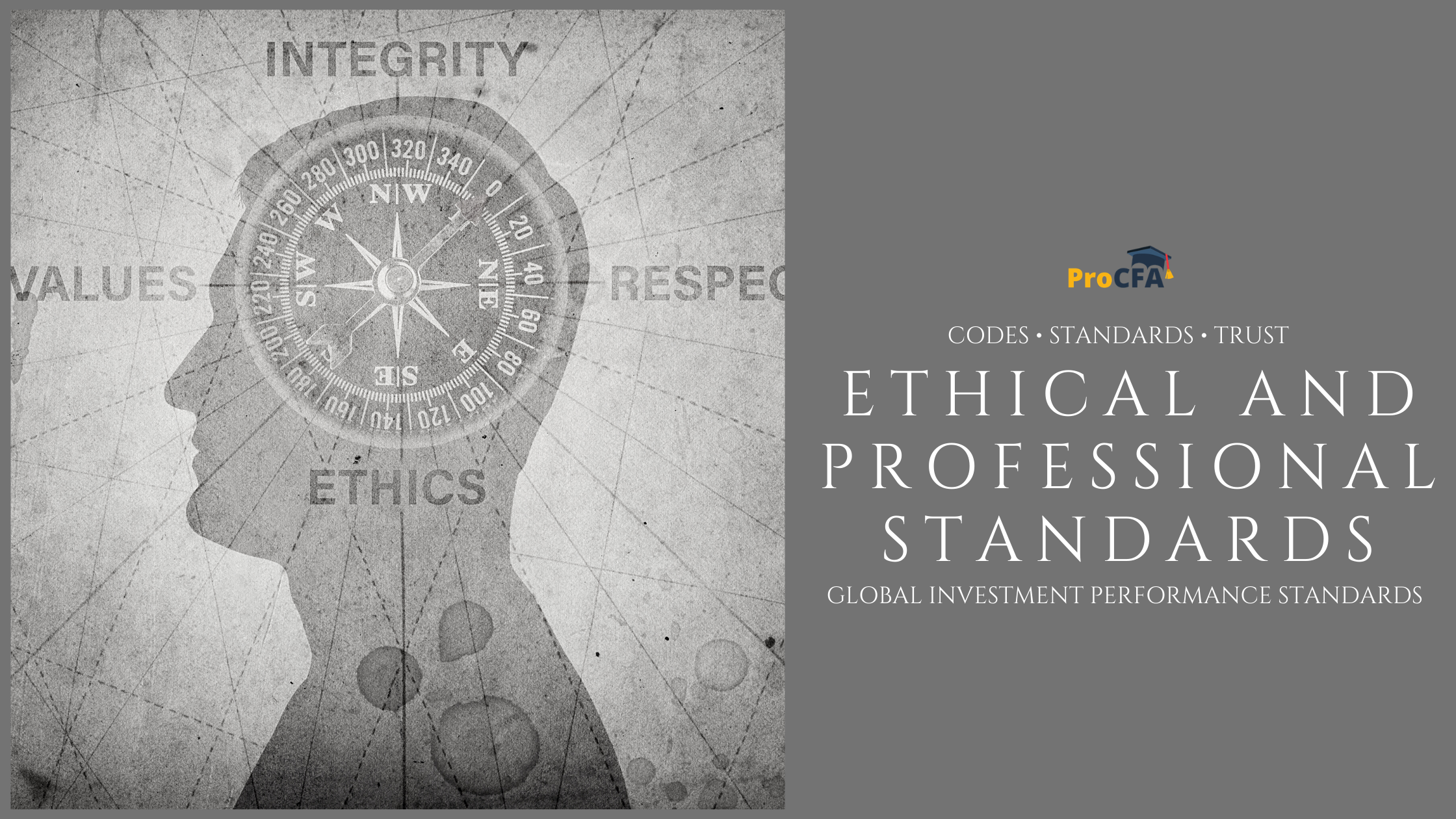
About Course
This study session introduces ethics, related challenges to ethical behavior, and the role played by ethics and professionalism in the investment industry. A framework to support ethical decision-making is provided to help guide behavior. The CFA Institute Code of Ethics and Standards of Professional Conduct (Code and Standards) are examined, with attention given to each standard and its application. The session concludes with coverage of the Global Investment Performance Standards.
Course Content
ETHICS AND TRUST IN THE INVESTMENT PROFESSION
-
00:00
-
00:00
-
00:00
-
00:00
-
00:00
-
00:00
-
00:00
